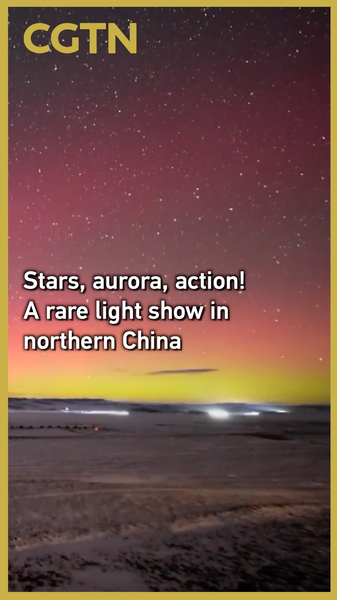A dazzling geomagnetic storm painted the night sky over the northern regions of the Chinese mainland in vibrant greens and reds this week.
On Wednesday, 12 November 2025, at 8 a.m. local time, ground-based sensors detected a severe geomagnetic disturbance. The global geomagnetic activity index (Kp) soared to 9, marking one of this year’s most intense space weather events.
Such storms begin when bursts of charged particles from the sun—often linked to solar flares or coronal mass ejections—collide with Earth’s magnetic field. These high-energy interactions funnel particles into the upper atmosphere, exciting oxygen and nitrogen molecules and creating the glowing auroras we see.
Typically visible near polar regions, this extraordinary display carried auroral lights much farther south than usual, drawing skywatchers and digital nomads alike to remote spots under clear skies. Social media feeds lit up with photos captioned from Europe to North America, underscoring the storm’s global reach.
Beyond their beauty, strong geomagnetic storms can disrupt satellite communications, GPS signals, and even power grids. Researchers are closely monitoring post-storm data to refine models that predict these impacts and improve early warning systems.
For young travelers and tech enthusiasts seeking their own cosmic show, experts recommend checking real-time Kp index updates through space weather apps. If conditions look promising, head to open areas with minimal light pollution and keep your phone ready—you might just catch nature’s ultimate light show.
As we move through 2025’s solar cycle peak, expect more electrifying nights. The sky has never been more alive, and our place among the stars has never felt closer.
Reference(s):
Geomagnetic storm sparks spectacular auroras over northern China
cgtn.com


